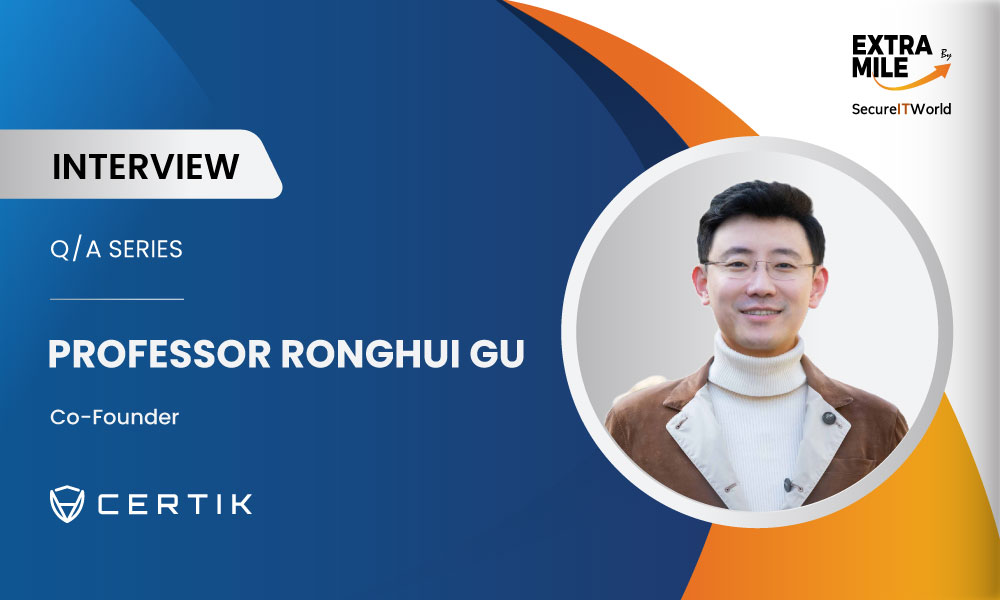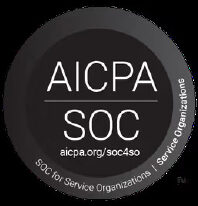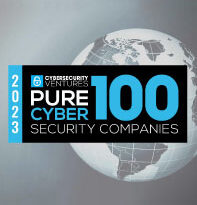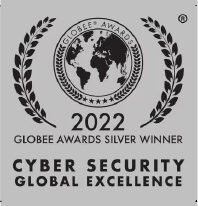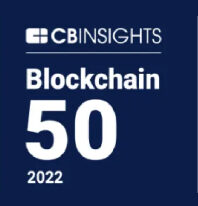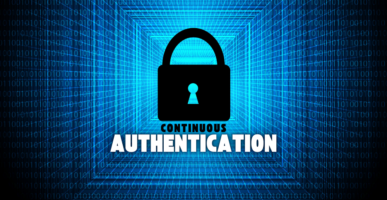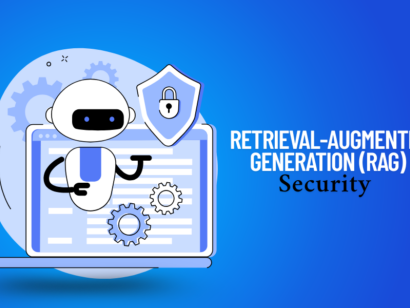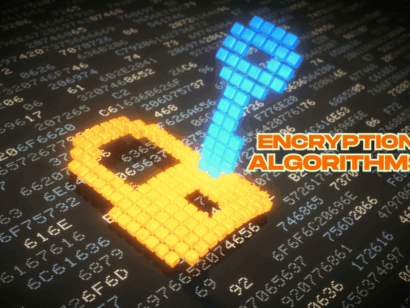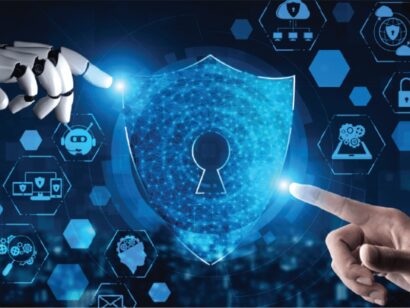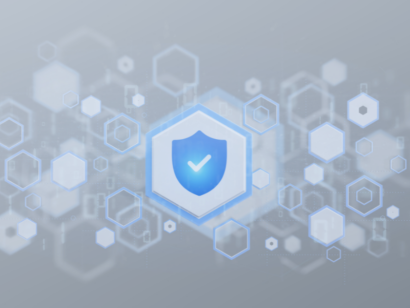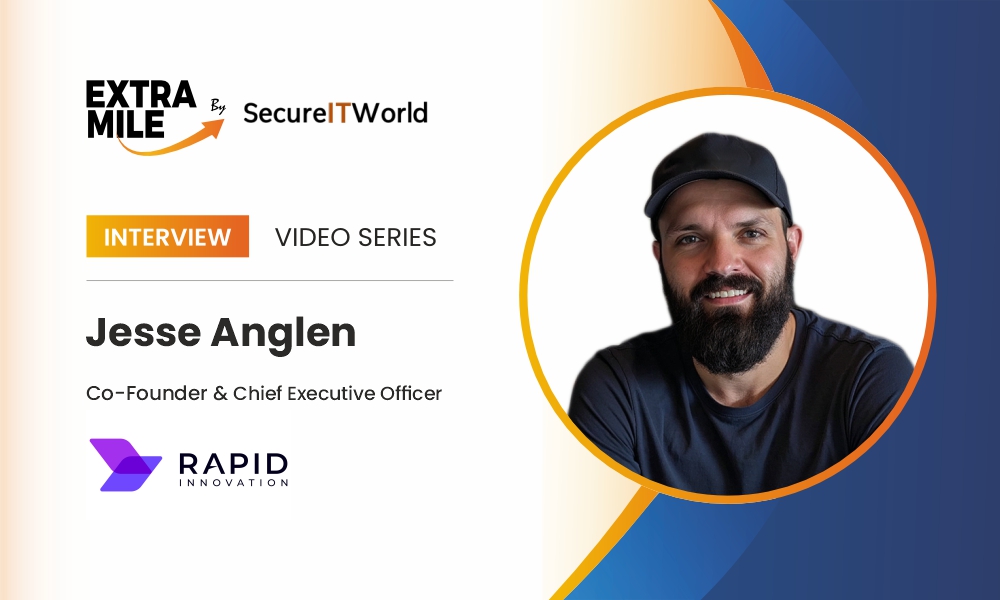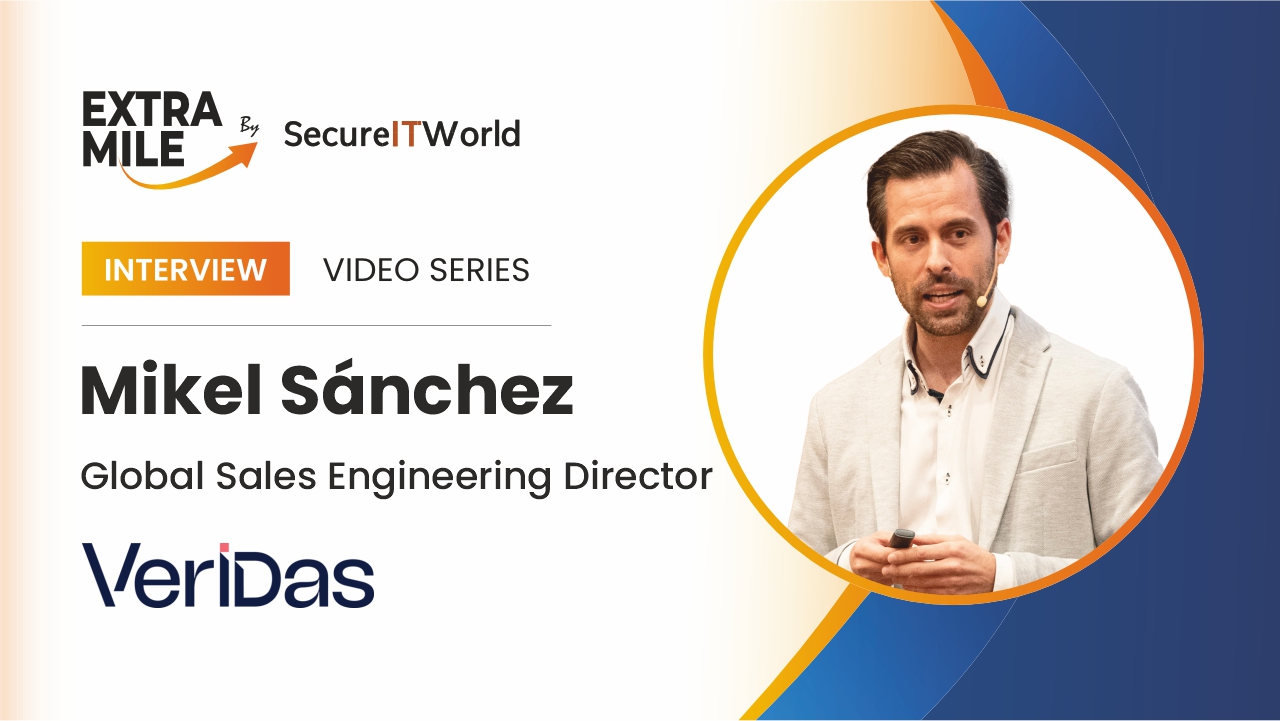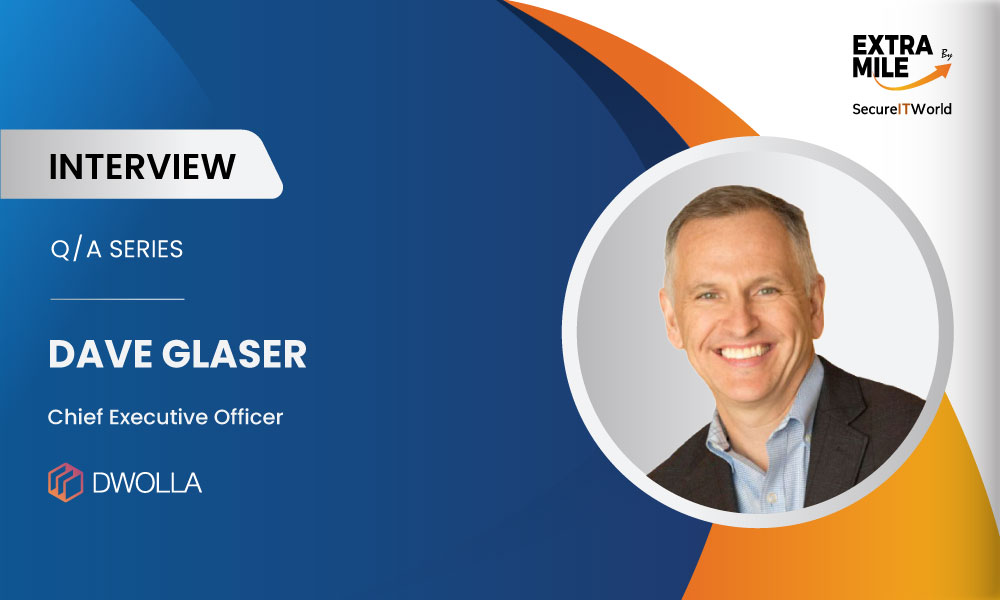Welcome to the first Q&A session of ExtraMile by SecureITWorld, an in-depth interview series featuring insights from industry trendsetters, discussing the latest in technology, cybersecurity, marketing, and more.
Today, we are excited to have a conversation with Professor Ronghui Gu, Co-Founder of CertiK and Associate Professor at Columbia University.
CertiK, founded in 2018 by professors from Columbia and Yale University, is a pioneer in blockchain security, using advanced Formal Verification and AI technologies to protect blockchains, smart contracts, and Web3 applications.
In this engaging Q&A interview, Professor Ronghui shares his unique journey balancing academia and entrepreneurship, the transformative potential of Web3 for businesses, and the importance of cybersecurity in today’s digital world.
He also shares insights into CertiK’s participation in the upcoming Consensus Hong Kong conference, where he will discuss Hong Kong’s evolving regulatory environment and its impact on Web3 innovation.
Join us as we explore the challenges, opportunities, and future trends in blockchain security and Web3 with one of the industry’s most respected leaders Ronghui Gu.
Hello, Professor Ronghui Gu! We are honored to have you with us today.
1. Alongside co-founding a leading blockchain security and Web3 firm, you are also fulfilling the role of an Associate Professor at Columbia University. How do you manage to deliver your best in each position?
Ans. Balancing these two positions requires strategic time management, a strong support system, and a commitment to continuous learning. At CertiK, I focus on high-impact decision-making, ensuring the right teams and processes are in place to drive innovation and maintain operational excellence. At Columbia, my approach is rooted in integrating real-world insights into academic discourse; teaching is about fostering critical thinking and preparing students to tackle cybersecurity challenges, if they decide to pursue a similar career.
2. Web3 is doubtlessly set to revolutionize the way we use the internet today. What opportunities does it specifically unlock for businesses?
Ans. Web3 presents businesses with unprecedented opportunities by decentralizing digital interactions, enhancing transparency, and enabling new economic models. For instance, smart contracts automate transactions without intermediaries, reducing costs and increasing efficiency. Tokenization allows companies to create new revenue streams, whether through digital assets, NFTs, or blockchain-based loyalty programs. Additionally, decentralized identity solutions can improve security and user control, fostering trust between businesses and their consumers.
Beyond financial applications, companies can leverage blockchain for supply chain transparency, ensuring authenticity and traceability in industries like luxury goods, pharmaceuticals, and food safety.
3. CertiK will be attending the upcoming Consensus Hong Kong conference, and I understand that you are a member of Hong Kong’s Task Force. What key topics will CertiK focus on during the event?
Ans. We will focus on key topics including digital asset compliance, recent Web3 policy initiatives, and the evolving regulatory landscape. Our discussions will explore how industry leaders can navigate emerging frameworks while fostering innovation. We will also be hosting a side event, bringing together experts for deeper conversations on these critical issues.
4. How do you think Hong Kong's regulatory environment is transforming, and how will it contribute to the innovations of Web3 in the region?
Ans. Hong Kong is positioning itself as a global Web3 hub with a progressive regulatory framework that balances innovation with investor protection. The government’s initiatives, including licensing regimes for virtual asset service providers (VASPs) and regulatory clarity on digital assets, help foster confidence among businesses and investors. This approach will likely attract Web3 enterprises looking for a stable, forward-thinking jurisdiction, and encourage the use of decentralized finance (DeFi), tokenized assets, and cross-border transactions.
5. Cybercriminals have advanced their power and are causing great danger to organizations as well as individuals. Under such circumstances, how do firms stay prepared, and what role does 24/7 incident response play in this regard?
Ans. Organizations must adopt a proactive cybersecurity approach to counter increasingly sophisticated threats. This includes continuous monitoring, threat intelligence integration, and employee awareness programs to mitigate human error. A strong incident response strategy is crucial, allowing firms to detect, contain, and remediate cyber attacks swiftly.
A 24/7 incident response team ensures real-time threat mitigation, reducing the window of exploitation from attackers. Rapid response capabilities, such as forensic analysis and threat containment, help organizations maintain operational resilience.
6. What is Bug Bounty Hunting? How does it aid in ethical hacking and strengthen security practices?
Ans. Bug bounty hunting is a crowdsourced security testing approach where ethical hackers identify vulnerabilities in systems before malicious actors can exploit them. Many organizations offer financial incentives to independent researchers who uncover security flaws.
This practice strengthens cybersecurity by leveraging diverse expertise across the global ethical hacking community. Unlike routine penetration testing, bug bounty programs provide dynamic, real-world threat simulations, uncovering vulnerabilities that might otherwise go unnoticed. By integrating these programs, companies enhance their security posture, stay ahead of evolving threats, and foster collaborative security culture.
7. The security sector is continuously progressing with the emergence of new technologies. Which trends or technologies do you believe will dominate the cybersecurity ecosystem in the coming years, and how?
Ans. It is likely that AI-driven security solutions and zero-trust architecture will dominate the cybersecurity ecosystem. AI and machine learning enhance threat detection, automating anomaly detection and predictive analysis to identify attacks before they escalate. Zero-trust models eliminate implicit trust within networks, ensuring continuous verification of users and devices.
Explore Our Other Insight Interviews:

